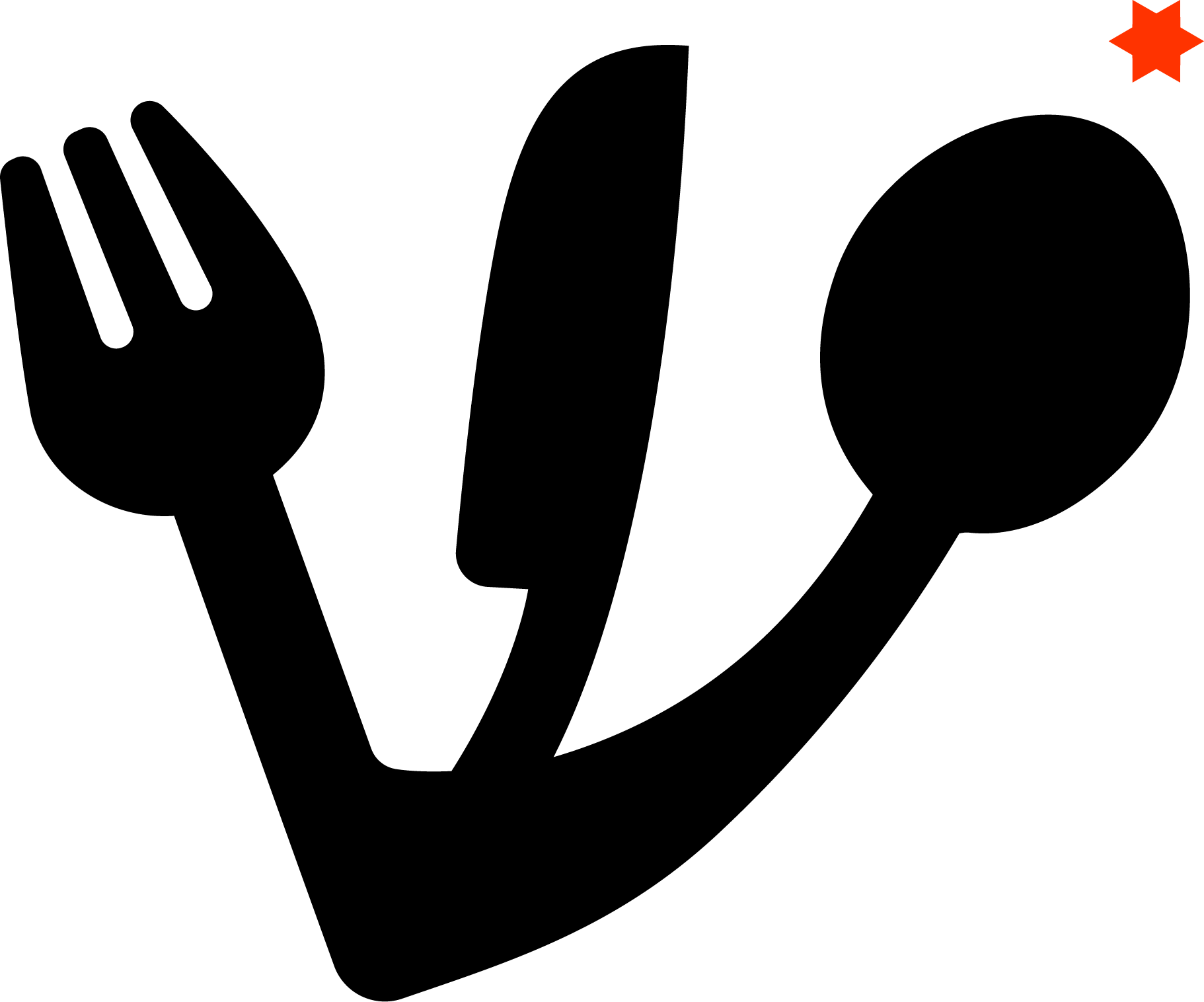| Getting your Trinity Audio player ready... |
IT’S funny to make a post about wine, as a rather moderate drinker. But when I do have a glass, I try to get the best. Interestingly, there is wine unique to the region around Austria’s capital. It’s called Grüner Veltliner and could easily be Vienna’s official drink (if it wasn’t for Wiener Gemischter Satz, Viennese Field Blend).
But, Grüner Veltliner is the most popular Austrian wine, and internationally successful at that. It’s a typical east-Austrian wine, very similar in its aromas to Chardonnay. It resembles some white Burgundies (Bourgogne), maybe a Chablis. Wines made from this grape have scored very high in international blind tastings. Grüner Veltliner has become omnipresent not only at Heurigen (Vienna’s wine taverns), but also at restaurants in Vienna, since like Chardonnay, it is a very food-friendly wine.
The hilly vineyards near the Danube and west of Vienna produce very pure, mineral Grüner Veltliner for prolonged cellaring. Vineyards situated in the plains produce more fruity wine. Citrus and peach flavors are apparent, with spicy notes of white pepper and tobacco. Vegetal aromas are often found in Grüner Veltliner too. Austrian-born American celebrity chef Wolfgang Puck loves Grüner Veltliner for its high acidity.
My top choices for Grüner Veltliner would be Weingut Knoll’s Smaragd “Vinothekfüllung” (Wachau region) or Weingut Bründlmayer’s “Ried Lamm” (Kamptal region). By the way, 2015 was an outstanding year for Grüner Veltliner. In autumn 2016 a bottle of 2015 Weingut Knoll Samaragd “Vinothekfüllung” was around 50 euros. So get some for your cellar! It will get better and better with every year you have the patience to wait.

Aside from these big names, there are a lot of other very fine vineyards. There’s even an excellent kosher and organic Grüner Veltliner and Chardonnay by winemaker Hafner (Sheva Kehillos, Burgenland region). In Vienna’s second district, you can get Hafner wines at one of the small Jewish grocery stores or at the Vinothek Ferszt.

Today most wines are available online and ship worldwide. Though as far as cooking is concerned, any organic Grüner Veltliner or Chardonnay will often do the trick. Of course, this depends on the recipe, on how present the wine will be in the final dish. Generally, try to buy the highest quality you can afford. Drink less, if you want to save money.

Grüner Veltliner Wine in Drinks and Cocktails
Grüner Veltliner is the go-to wine for two ubiquitous Viennese drinks. One is the Spritzer (Spritz means splash in German), also called Gespritzter, or G’spritzter. It is a mixture of white wine and soda or sparkling mineral water. It is favored by all Viennese, regardless of age, gender or social status. It is especially popular in summer. Hence, there is even a Viennese idiom, “to be eing’Spritzt,” which means “to be slightly drunk”!

The other one is the Spritz. It’s supposedly a Prosecco sparkling-wine-based aperitif from neighboring Northeast Italy. But in Vienna, it’s most often made without Prosecco. Your Viennese Spritz will be nothing but a Spritzer, prepared with the addition of Aperol, Campari, Cynar, or, Venice-style, with Select. When I’m in Venice, I’m generally served Spritz fixed this way, without Prosecco.

More on Grüner Veltliner Wine
To read more about Grüner Veltliner wine, I suggest you read this Grüner Veltliner Wine – Taste and Food Pairing Guide and this page by the Austrian Wine Marketing Board on Grüner Veltliner.
I also found this general Introduction to Austrian Wine, which includes a map, to be very helpful. The printed reference on Austrian wine I know is Philipp Blom: The Wines of Austria (revised & updated in 2007, but still very useful).
LET’S STAY IN TOUCH
If you’d like to hear from me now and then, sign up below.


Where to buy wine in Vienna?! First of all, there is the the famous food emporium Meinl am Graben ( https://www.meinlamgraben.at/ ). They have a very large selection of wines, a big cellar and very competent service. Then there is also the most prestigious Vinothek St. Stephan next to the cathedral ( http://ststephan.at// ). Lastly, there are a lot of smaller stores to be found throughout the city. The Naschmarkt has the illustrious Vinothek Urbanek. Farmer’s markets around the town, like the Karmelitermarkt, do have stalls that sell wine, often organic. You’ll even find a chain of wine stores called Wein & Co.
A+
I forgot to mention the exellent wine store “Unger und Klein” (http://www.ungerundklein.at/) lacted in the city center at Gölsdorfgasse 2 (1010 Wien).